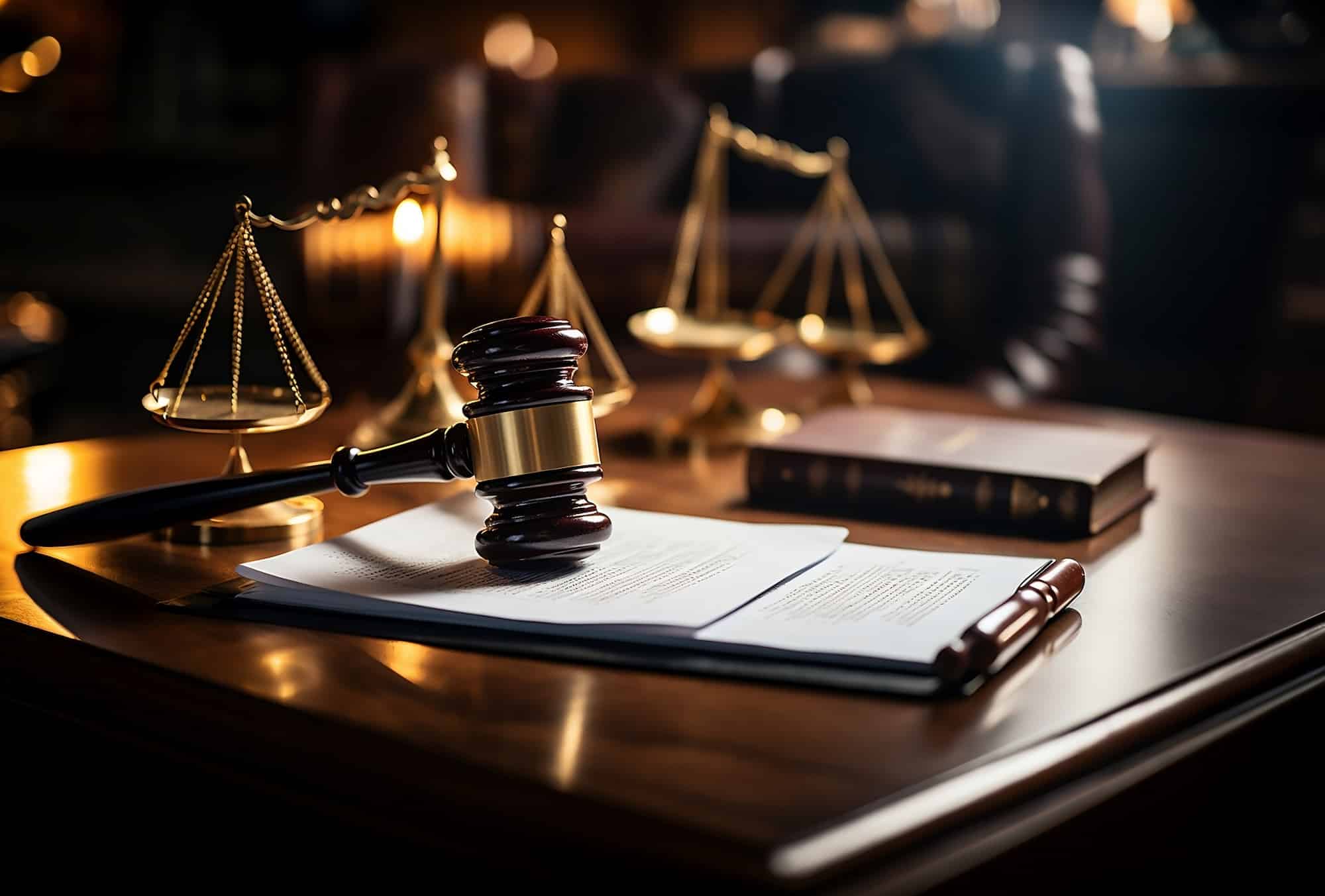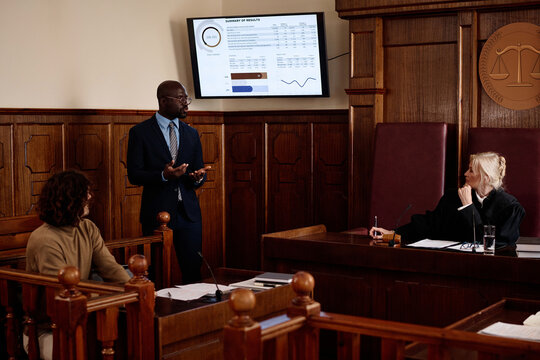Important Skills for Crafting Convincing Trial Presentations: A Comprehensive Guide
Important Skills for Crafting Convincing Trial Presentations: A Comprehensive Guide
Blog Article
Browsing the Intricacies of Trial Presentations: Tips for Seamless Shipment and Engaging Disagreements
In the realm of legal procedures, the art of trial discussion stands as an essential component of success. The intricacies inherent in trial presentations require a delicate balance of skill, skill, and technique.

Comprehending Test Objectives
To efficiently navigate a trial, it is vital to have a clear understanding of the purposes that need to be achieved. Before stepping into the court, legal groups should define their goals and preferred end results. These purposes work as directing concepts throughout the test, forming methods and influencing decision-making procedures.
Recognizing test goals includes a detailed evaluation of the instance, lawful criteria, and the customer's benefits. Trial Presentations. It calls for a meticulous evaluation of the facts, identifying key issues, and anticipating possible difficulties. By establishing particular and measurable objectives, lawyers can tailor their arguments and presentations to straighten with the desired results
Moreover, a clear grip of test goals enables lawful groups to prioritize evidence, witnesses, and lawful disagreements efficiently. It enables the development of a coherent story that resonates with the discretionary, enhancing the overall instance presentation.

Organizing Evidence Efficiently
Having a clear understanding of test goals lays the structure for organizing evidence effectively in lawful procedures. By straightening the presentation of proof with the desired end results of the trial, lawful teams can enhance their arguments and improve their persuasiveness.
Another crucial element in arranging evidence successfully is establishing a rational circulation. Presenting proof in a consecutive and coherent way can assist develop an engaging narrative that sustains the lawful arguments being made. Furthermore, making use of visual aids such as timelines, graphes, or graphs can better enhance the organization of proof and aid in clarifying complex connections or series of occasions.
Additionally, making certain that all evidence provided is acceptable and pertinent to the situation is necessary. Inadmissible or irrelevant evidence can diminish the stamina of the disagreement and possibly damage the reliability of the here and now celebration. A thorough testimonial and option procedure need to be undertaken to consist of just the most impactful and legitimately audio proof in the trial discussion.
Crafting Influential Stories
Crafting compelling narratives plays a critical function in providing influential arguments during legal proceedings. A well-crafted narrative has the power to captivate the audience, stimulate feelings, and inevitably guide the choice in support of the here and now event. When creating a story for a test discussion, read the full info here it is important to develop a clear storyline that highlights bottom lines and connects them in a coherent manner. Begin by laying out the realities of the instance in an engaging way, ensuring that the series of events is easy to follow. Present personalities successfully, supplying background information that aids the target market comprehend their motivations and activities. Additionally, incorporating vivid summaries and appealing language can bring the narrative to life, making it extra remarkable for the judge and jury. By weaving with each other evidence, testimony, and lawful disagreements into a persuasive and natural narrative, lawyers can efficiently support for their clients and increase the chance of a positive outcome in the my blog court room.
Mastering Visual Help
Effective use of aesthetic help is key to improving the effect and quality of trial presentations. Visual aids, when used purposefully, have the power to simplify complex info, enhance key points, and leave a long lasting perception on the court and court. To master visual aids in trial presentations, it is critical to make sure that they are clear, succinct, and pertinent to the debates being made.
When incorporating visual aids, official statement such as charts, timelines, graphs, or photos, right into a test discussion, it is crucial to maintain them aesthetically appealing yet specialist. The visuals need to enhance the spoken debates, giving a graph of the details being talked about without overwhelming the audience with unnecessary information.
In addition, experimenting the aesthetic help in advance is critical to make certain a smooth shipment during the trial. Acquainting oneself with the web content, transitions, and timings of each visual help can aid preserve the flow of the presentation and protect against technological problems that may arise.
Supplying Impactful Closing Disagreements
An engaging closing argument offers as the culmination of a trial discussion, encapsulating the core story and persuading the judge and court towards a favorable choice. Begin by detailing the major arguments that support your customer's position, highlighting why the proof presented throughout the test sustains your narrative.
Additionally, including sob story can further enhance your closing debate. By humanizing the case and linking on a personal level with the decision-makers, you can stimulate compassion and understanding, influencing their perception of the truths offered. Furthermore, reiterating the legal requirements that need to be fulfilled for a favorable ruling can strengthen the legitimacy of your placement. Inevitably, a well-crafted closing argument ought to leave an enduring impact, engaging the discretionary to rule in your customer's support.
Final Thought
In final thought, grasping trial presentations includes understanding objectives, organizing proof, crafting stories, making use of aesthetic help, and providing impactful closing disagreements. By executing these techniques efficiently, lawyers can present their instance flawlessly and make engaging disagreements in the court. It is essential to navigate the intricacies of test presentations with precision and ability to accomplish success in legal proceedings.
By straightening the discussion of evidence with the wanted end results of the test, legal groups can enhance their disagreements and enhance their persuasiveness (Trial Presentations). To understand visual aids in test presentations, it is essential to ensure that they are clear, succinct, and appropriate to the arguments being made
An engaging closing argument serves as the culmination of a test presentation, enveloping the core story and persuading the court and jury in the direction of a positive decision. Begin by detailing the primary debates that support your customer's setting, emphasizing why the proof presented throughout the test supports your story.In conclusion, understanding trial discussions involves comprehending objectives, arranging proof, crafting narratives, making use of visual help, and delivering impactful closing disagreements.
Report this page